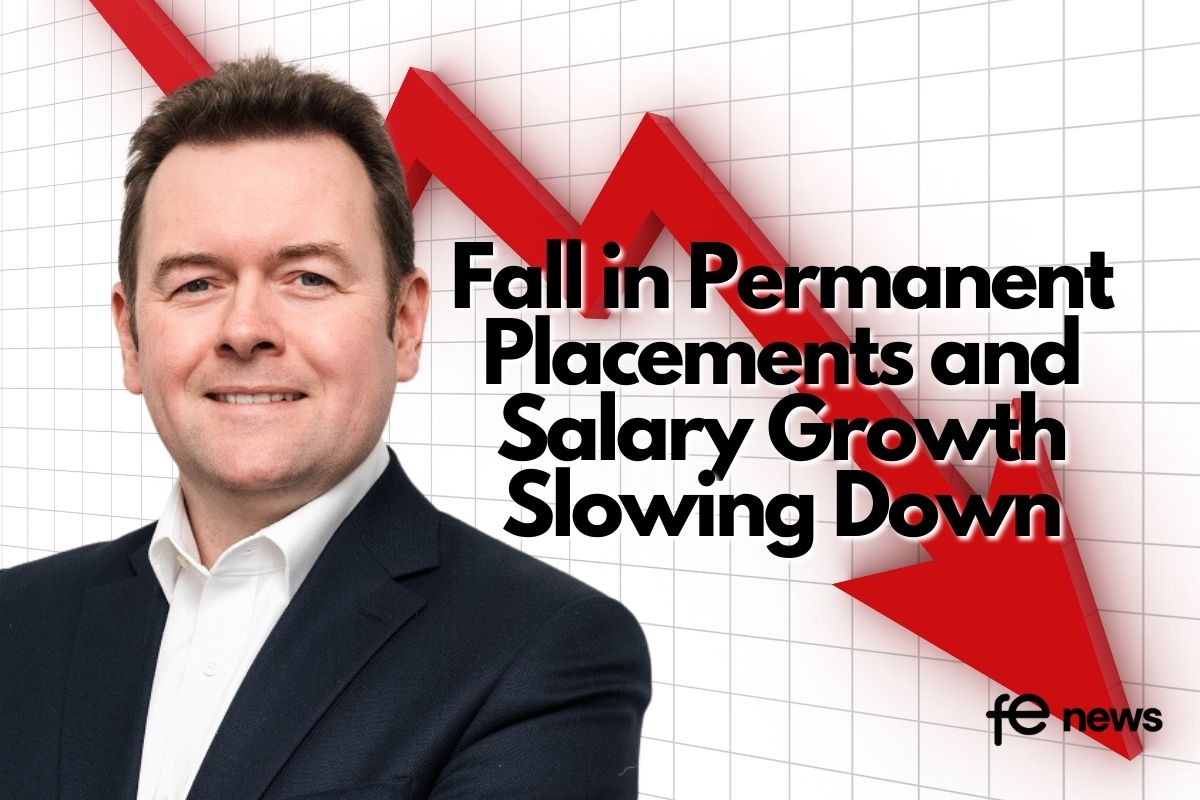Worsening school funding outlook threatens educational outcomes

- Under the current school funding settlement, per-pupil funding in 2024 will be around 3% lower in real terms than in 2010, equating to £1.8 billion less.
- EPI estimates indicate that this represents a cut of around £40,000 in the average primary school budget and around £210,000 in the average secondary school. This equates to the cost of just under one teacher in the average primary school and between 3 and 4 teachers in the average secondary school.
- Following a decade-long real terms cut in school funding, alongside wider public service cuts, further reductions in real school spending risk schools’ abilities to deliver high-quality education and may threaten catch up from Covid related learning losses.
While educators are urgently seeking to help pupils catch up on lost learning because of the pandemic, which impacted disadvantaged pupils to a greater extent than other pupils, it’s becoming clear that they may be doing so in the coming years with decreased resource. We also know that the attainment gap between disadvantaged pupils and their more affluent peers is now at its widest in a decade.
Natalie Perera, Chief Executive of the Education Policy Institute, said:
“Addressing the significant pressures on school budgets must be a priority for the incoming Prime Minister. Schools are already having to address learning loss due to the pandemic, the impact of increased prevalence of poor mental health amongst young people and rising child poverty. Any government serious about social mobility, must avoid further real terms cuts in per pupil spending and instead consider how additional resource can be most effectively targeted on the pupils who have fallen furthest behind.”
Sector Response
Nick Brook, deputy general secretary of school leaders’ union NAHT, said:
“On current spending plans, education funding is expected to be around two billion pounds less in real terms by September 2024 than it was in 2010. Funding shortfalls of this scale cannot be absorbed by schools without severely impacting quality of education.
“Continued under-funding, alongside spiralling energy bills, inflationary costs, and an unfunded teachers’ pay award means more than 90% of schools are predicting going into deficit next year. School leaders are being forced to make impossible choices on what to cut.
“As the government considers further public sector cuts in the October statement, we implore the new Prime Minister to view education not as a drain on the nation’s finances, but as an investment in our collective future.”











Responses